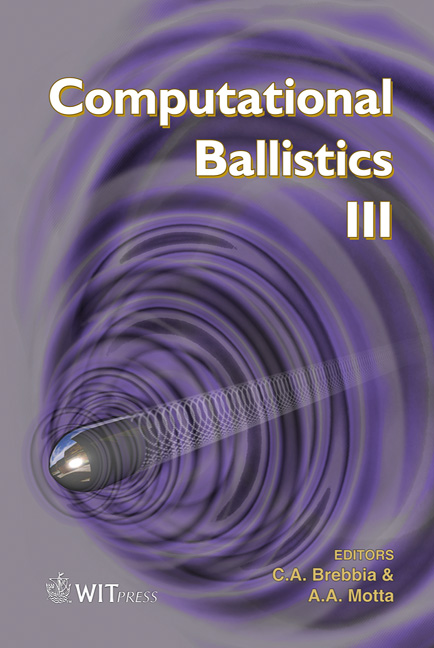Suppression Of Axial Combustion Instability In Solid Rocket Motors
Price
Free (open access)
Transaction
Volume
45
Pages
10
Published
2007
Size
713 kb
Paper DOI
10.2495/CBAL070051
Copyright
WIT Press
Author(s)
D. R. Greatrix
Abstract
A numerical model for the prediction of undesirable axial combustion instability symptoms in solid-propellant rocket motors is utilized in the process of demonstrating various approaches for suppressing this instability behaviour. The unsteady interior one- or two-phase flow in the motor chamber, the oscillation of the surrounding structure of the propellant and motor casing, and the corresponding transient combustion process, are all incorporated within this comprehensive model. Example numerical results are presented for a cylindricalgrain motor having differing characteristics with respect to particle loading and grain geometry (fore and aft cross-sectional area changes), in illustrating the effectiveness of the particular suppression technique being applied. Keywords: solid rocket motor, combustion instability, particles, geometry. 1 Introduction Over the last fifty years or so, there has been a number of research efforts directed towards understanding the physical mechanisms, or at least the surrounding factors, behind the appearance of symptoms associated with nonlinear axial combustion instability in solid rocket motors (SRMs). The motivation for these studies was and is of course to bring this better understanding to bear in more precisely suppressing, if not eliminating, these symptoms. Research towards predicting instability symptoms in SRMs necessitates comprehensive numerical models for interior ballistic simulation under dynamic flow and combustion conditions. An effective model combines the effects of the unsteady flow, the transient combustion process, and the structural dynamics of the surrounding propellant/casing structure. In the present
Keywords
solid rocket motor, combustion instability, particles, geometry.




